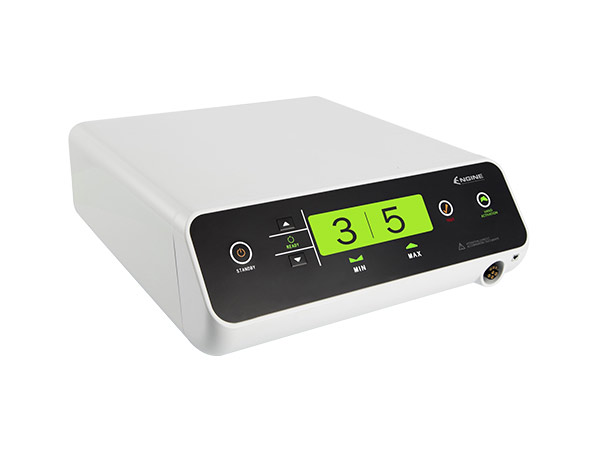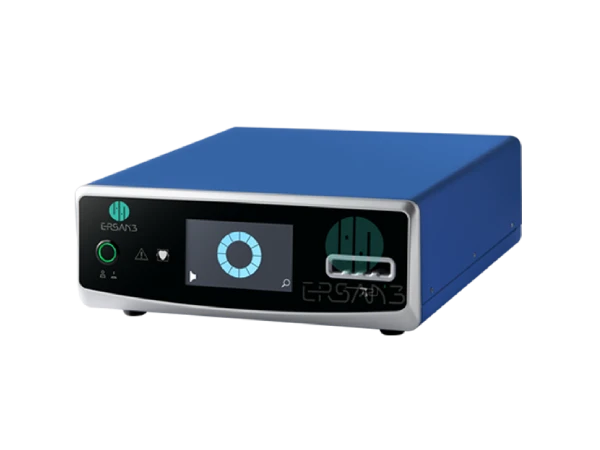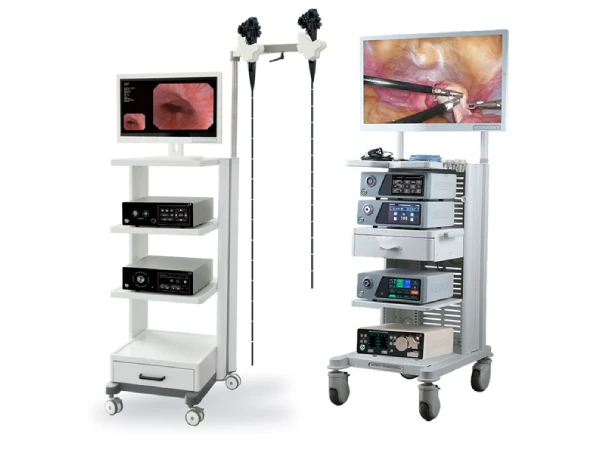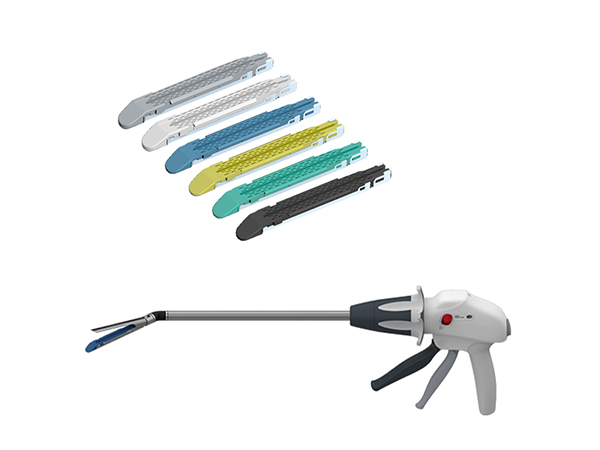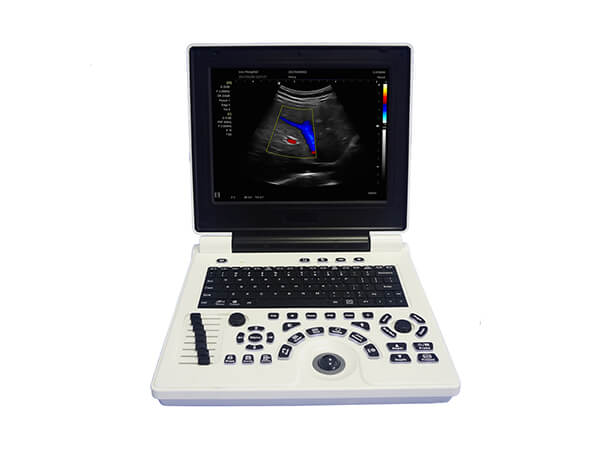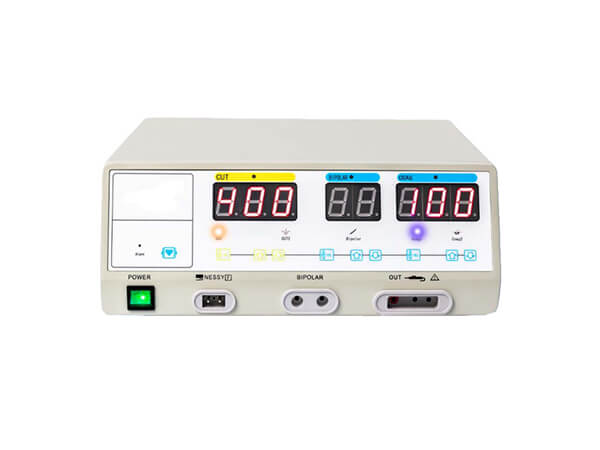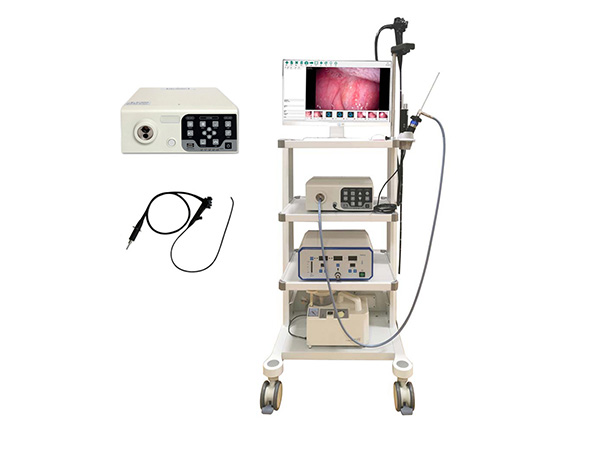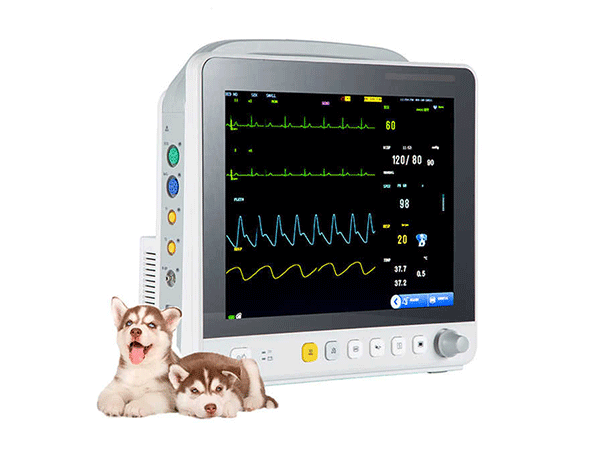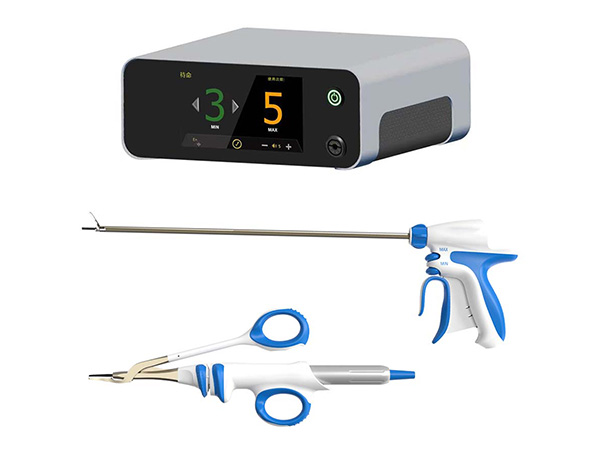Flat Panel Detectors: The Backbone of Modern Digital Imaging
In the realm of modern medical and industrial imaging, flat panel detectors (FPDs) have become indispensable. These advanced devices have revolutionized the way we capture and utilize X-ray images, offering significant improvements over traditional imaging methods.
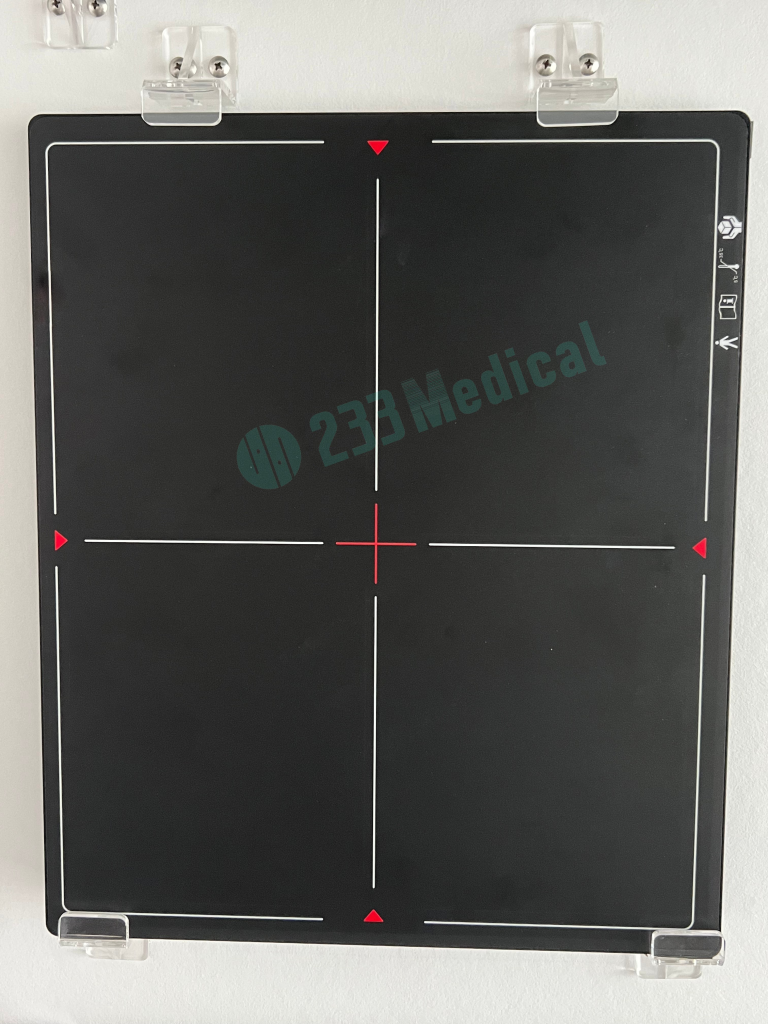
Applications
The applications of FPDs span across various fields. In the medical domain, they are widely used in DR systems, mammography, digital gastrointestinal radiography, and surgical procedures. They have greatly enhanced the accuracy and efficiency of diagnoses and treatments. Beyond healthcare, FPDs also play a vital role in non - medical areas such as industrial non - destructive testing and security screening.
Radiology Department
FPDs are widely used in general radiology for digital radiography (DR). They replace traditional film - based systems, providing high - resolution images of bones, joints, and chest, which helps in diagnosing fractures, pneumonia, lung nodules, etc.
Operating Rooms
In operating rooms, dynamic FPDs are used for real - time imaging during surgical procedures. They are particularly valuable in orthopedic surgeries for visualizing bone structures during joint replacements or spinal surgeries. Also, they are used in vascular surgeries for procedures like angioplasty or stent placement, allowing surgeons to see blood vessel structures and guide instruments in real - time.
Interventional Radiology Suites
FPDs play a crucial role in interventional radiology procedures like angiography, embolization, and biopsies. Their real - time imaging capability enables doctors to track the movement of contrast agents and medical instruments, facilitating precise minimally invasive treatments.
Emergency Departments
FPDs are commonly used in emergency departments for quick and efficient imaging of trauma patients. Their rapid imaging capability allows for immediate assessment of fractures, dislocations, and other acute injuries, helping doctors make prompt diagnoses and treatment decisions.
Dental Departments
In dental applications, small - size FPDs are used for intraoral radiography to capture detailed images of teeth and surrounding tissues. This helps in diagnosing dental caries, periodontal diseases, and dental infections. Additionally, FPDs are used in dental clinics for orthopantomography (OPG) and cephalometry, providing panoramic views of the jaws and teeth.
Breast Imaging Units
FPDs are used in mammography for breast cancer screening and diagnosis. They offer high - resolution images of breast tissue, helping radiologists detect tumors, calcifications, and other abnormalities. Some advanced FPD - based mammography systems also support digital breast tomosynthesis, providing 3D images of the breast for more accurate diagnosis.
Gastrointestinal (GI) Departments
FPDs are used in digital fluoroscopy for GI studies, such as upper GI series, barium enemas, and small bowel follow - through. They allow real - time imaging of the digestive tract, helping doctors evaluate gastrointestinal function, detect ulcers, obstructions, and other abnormalities.
Cardiology Departments
In cardiac catheterization laboratories, FPDs are used for angiography and interventions like coronary stent placements. They provide high - quality images of coronary arteries, enabling cardiologists to assess blockages and perform precise treatments.
Veterinary Clinics
FPDs are also used in veterinary medicine for imaging pets and livestock. They help veterinarians diagnose fractures, joint problems, and internal organ diseases in animals.
Maintenance and care
Proper maintenance is essential to ensure the optimal performance and longevity of FPDs. This includes regular cleaning to prevent dust accumulation that could affect image quality, shock prevention as vibrations can damage the sensitive detector elements, and maintaining a stable temperature and humidity environment. Following the manufacturer's guidelines for care and storage can significantly extend the useful life of these valuable devices.

Flat panel detectors have transformed digital imaging across multiple industries. Their ability to provide high - quality, real - time images has made them an essential tool for both medical and industrial applications. As technology continues to advance, we can expect FPDs to become even more sophisticated and integral to our imaging needs.

